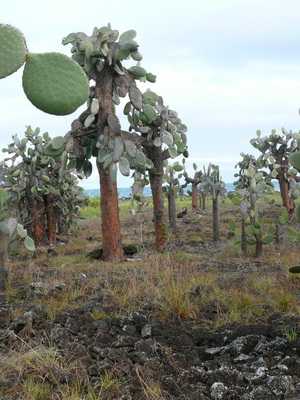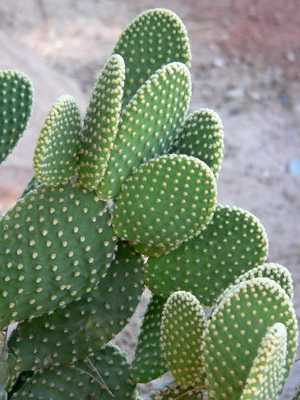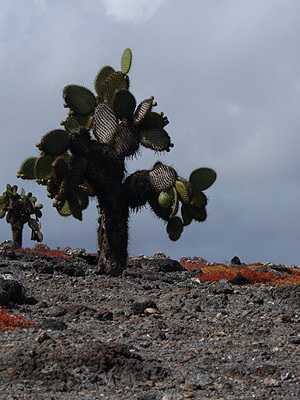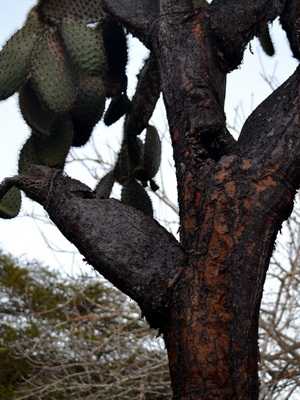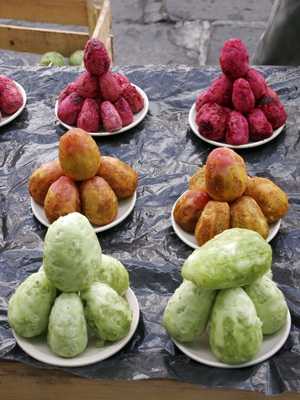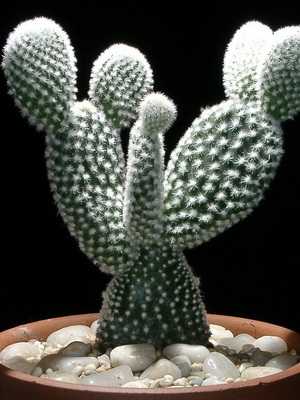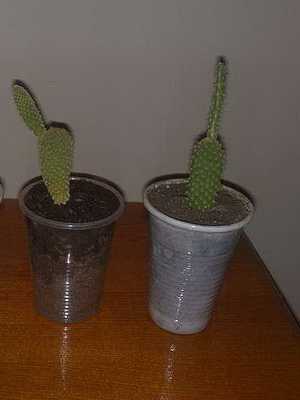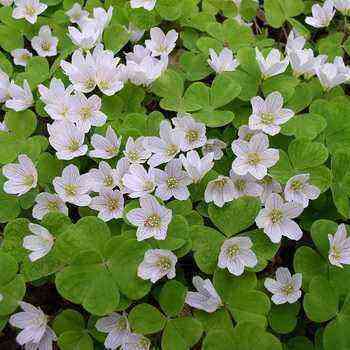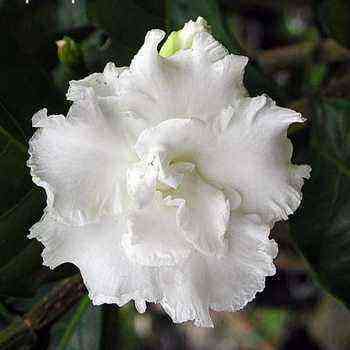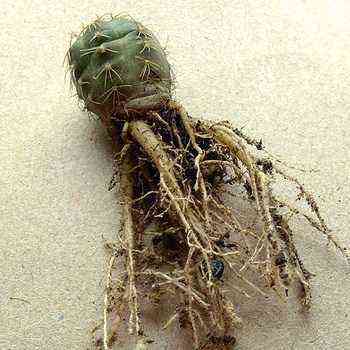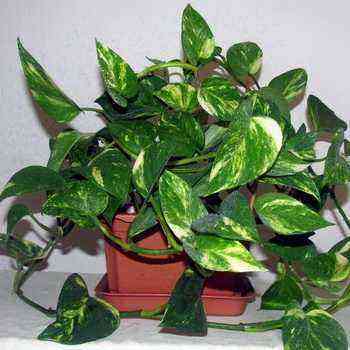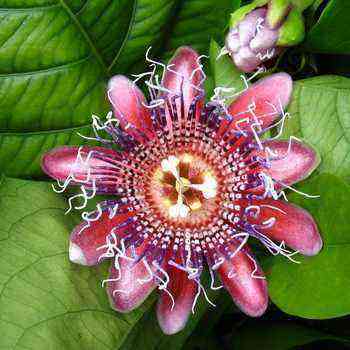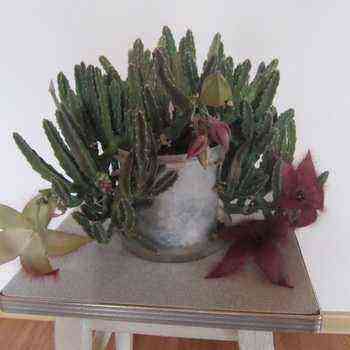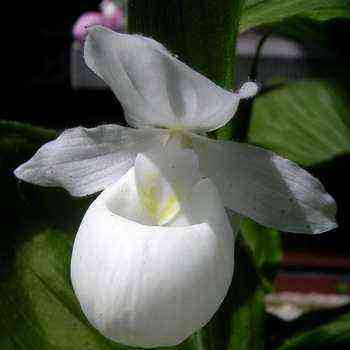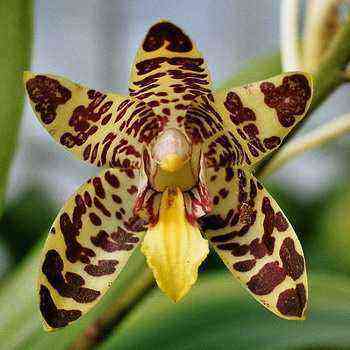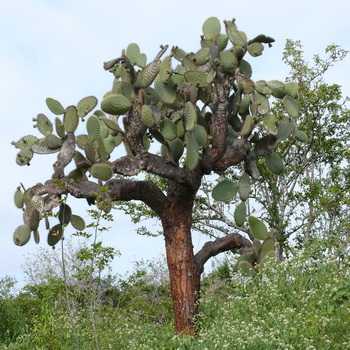
Class: dicotyledons (Dicotyledones).
Procedure: cloves (Caryophyllales).
Family: cactus (Cactaceae).
Sort by: prickly pear (Opuntia).
Type: Galapagos prickly pear (O. galapageia).
The Galapagos prickly pear plant is a treelike, rarely branching succulent with a mighty black trunk. The prickly pear cactus reaches about 10 m in height. Lateral shoots consist of light green flat oval segments up to 45 cm long. The leaves have been reduced to white and reddish spines that grow in bunches.
In this article you can learn about how prickly pear blooms, its reproduction, meaning and application, as well as see a photo of prickly pear cactus. In addition, here are some interesting facts about the prickly pear plant.
The Galapagos prickly pear only grows in the dry forests of Santa Cruz in the Galapagos Islands. The tree can be found up to 1500 m above sea level. In some places, the species forms whole groves.
Flowers and fruits of prickly pear cactus
Opuntia flowers are bisexual, regular, bright yellow, wheel-shaped, up to 5 cm in diameter. The fruits of the prickly pear cactus are juicy, are pear-shaped red berries up to 10 cm long. They have smooth disc-shaped reddish-brown seeds, covered with thorns on top.
Galapagos prickly pear is a giant among cacti.
This impressive specimen grows at the Darwin Research Station (Puerto Ayora, Santa Cruz Island).
The fruit of the fig prickly pear. For its characteristic shape, the British call it the prickly pear, dragon fruit and Indian fig.
Reproduction of prickly pear
Reproduction of prickly pear is carried out by seeds and vegetatively – segments falling from old shoots. Blooms in April – May, pollinated by insects and birds. The seeds ripen in July, they are carried by animals, which happily eat the fruits. Galapagos prickly pear lives up to 200 years.
A male cactus ground finch feeds on a Galapagos prickly pear flower.
The value and application of prickly pear cactus
Large representatives of the prickly pear genus in regions where there is no frost are grown in open ground, small ones are bred as indoor plants.
In the collections of cactus growers, one can often see the fine-haired prickly pear (O. microdasys). From prickly pears (O. ficusindica), common (O. vulgaris) and large prickly pears (O. macrocantha), original and impassable hedges are obtained.
The fig prickly pear is grown as an agricultural plant in India, the Mediterranean countries and South America. Sweet and sour fruits are eaten raw or made into jam, candied fruits are made, added to meat dishes, and used in the production of Baytra pink Maltese liqueur. Young shoots are pickled, dried and harvested for livestock feed, after having scorched the thorns with fire. The Aztecs extracted red paint from the flowers of some types of prickly pear.
Interesting facts about the Galapagos prickly pear
How the prickly pear got to Australia is not known for certain. Most likely, she was brought and planted near the house by one of the colonists. The hedge grew rapidly, the birds flocked to feast on the fruits, and by the 1920s, young prickly pears flooded Australian pastures. History repeated itself at least three times, because among the newly appeared weeds there were three types of cacti: straight prickly pear (O. inermis), common and large prickly.
While eating the plant, cows and sheep often died due to inflammation of the digestive system caused by tiny thorns. Attempts to cut down a dangerous cactus led to the fact that it grew even more, even herbicides did not take it. Finally, in 1925, the eggs of the cactus moth (Cactoblastis cactorum), a South American butterfly whose caterpillars feed on prickly pear, were delivered to Australia. It took the insect 12 years to reduce the plant’s population to a harmless size. As a token of gratitude, a monument was erected in Dalby town.
The coat of arms and flag of Mexico depicts a prickly pear, on which an eagle sits with a snake in its beak. According to legend, this was a divine sign that helped the Aztecs choose a place for their capital. It was named Tenochtitlan – the city of sacred prickly pears.
In general, the disappearance of the Galapagos prickly pear is not threatened, its number has stabilized. However, some local populations are declining under the influence of unfavorable factors. These include the development of agriculture in the Galapagos Islands, urban sprawl and feral livestock that feed on young shoots.
Opuntia grows easily, undemanding to the soil, so it easily conquers vast territories.
